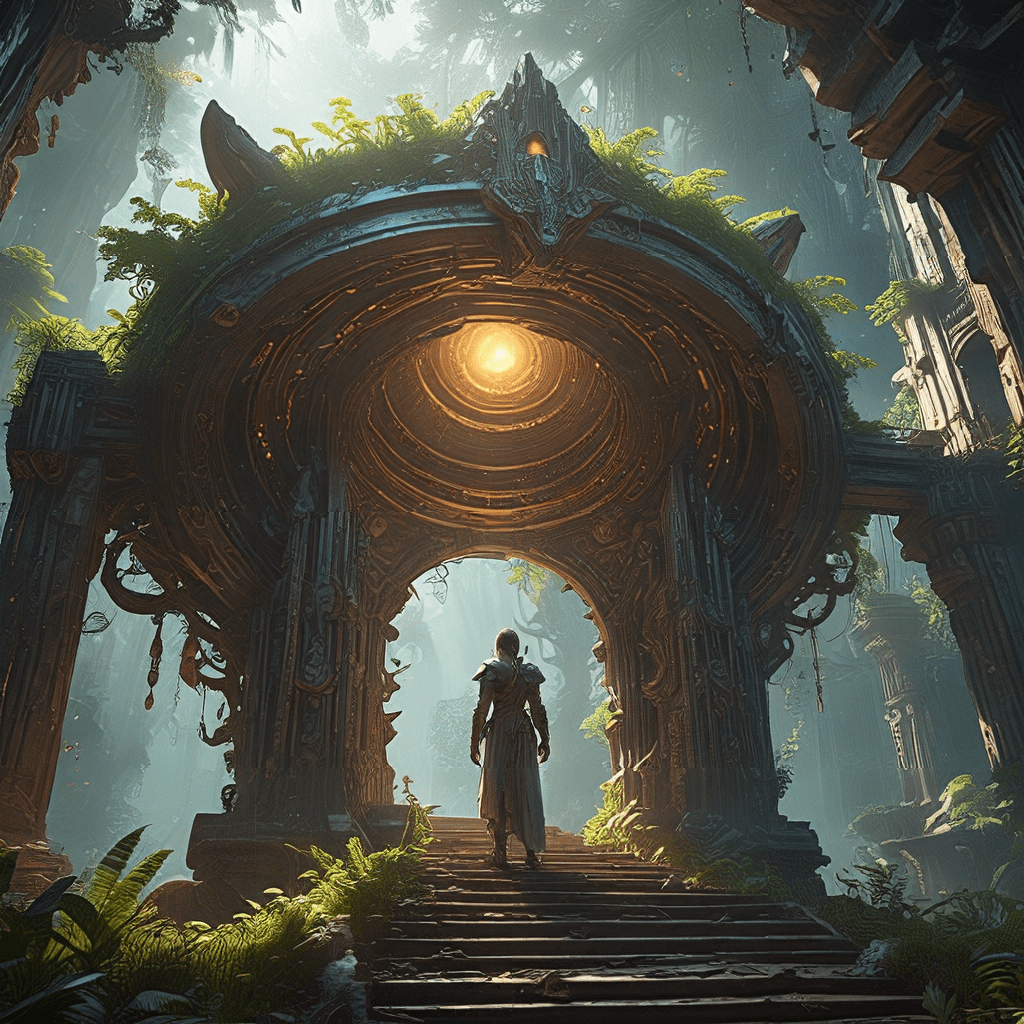The Afterlife: A Guide for the Perplexed
1. Introduction: What Happens After Death?
Ancient Egyptians held strong beliefs about the afterlife, a realm where the soul continued its journey after death. The afterlife was a central theme in their culture, influencing everything from their daily lives to their elaborate burial practices. They believed that the afterlife was a mirror of the earthly world, complete with its own gods, goddesses, and rules. It wasn’t simply about death, it was about the complex journey to reach the afterlife.
2. The Journey Begins: Death and Embalming
The Egyptians viewed death as a transition, not an ending. When someone died, elaborate mourning rituals were observed. The most important aspect was the preservation of the body through embalming, a process believed to be essential for the soul to survive. This process was a complex procedure, often taking months to complete. The body was carefully treated and wrapped in linen bandages, sometimes adorned with amulets and precious stones to protect the soul on its journey. The goal of mummification was to preserve the body and enable the soul to journey into the afterlife intact.
3. Trials and Tribulations: Navigating the Underworld
The Egyptians believed that after death, the soul embarked on a perilous journey through the underworld, known as Duat, to reach the afterlife. The Duat was a realm of darkness and danger, filled with treacherous obstacles and monstrous guardians. The soul was guided by the god Anubis, whose jackal head symbolized his role in the underworld. The most important figure in the afterlife was the god Osiris, who acted as the judge of the dead. Osiris’s power over death and resurrection made him a central figure in Egyptian mythology.
4. The Hall of Two Truths: Facing Your Past
The heart of the journey was the Hall of Two Truths, where the soul faced a critical judgment by Osiris. Here, the soul had to confess its sins before the god. The Egyptians believed that living a righteous life was essential for a successful journey into the afterlife. The “negative confession” was a crucial part of the judgment process, where the soul had to declare its innocence and proclaim that it had not committed any wrongdoings. This was a powerful reminder that actions in life had consequences even after death.
5. The Judgment of Osiris: Scales of Justice
The Weighing of the Heart ceremony was the final test for the soul. In this ceremony, Anubis placed the deceased’s heart on one side of a scale and a feather, representing truth and justice, on the other. If the heart was lighter than the feather, the soul was considered pure and worthy of entering the afterlife. But if the heart was heavier, it was devoured by the monster Ammit, signifying eternal damnation. This powerful image emphasized the importance of living a virtuous life, as the souls of the wicked were denied a place in the afterlife.
6. The Rewards of the Righteous: Entering the Afterlife
Those who passed the judgment of Osiris entered the afterlife, a realm where they could enjoy eternal life and happiness. The afterlife was depicted as a paradise called the Field of Reeds (Aaru), where the deceased lived in peace and harmony. They enjoyed pleasures like feasting, playing games, and sailing on celestial boats. The soul’s journey into the afterlife was a long and challenging one, but for those who lived a righteous life, it was a promise of a rewarding and everlasting existence.




